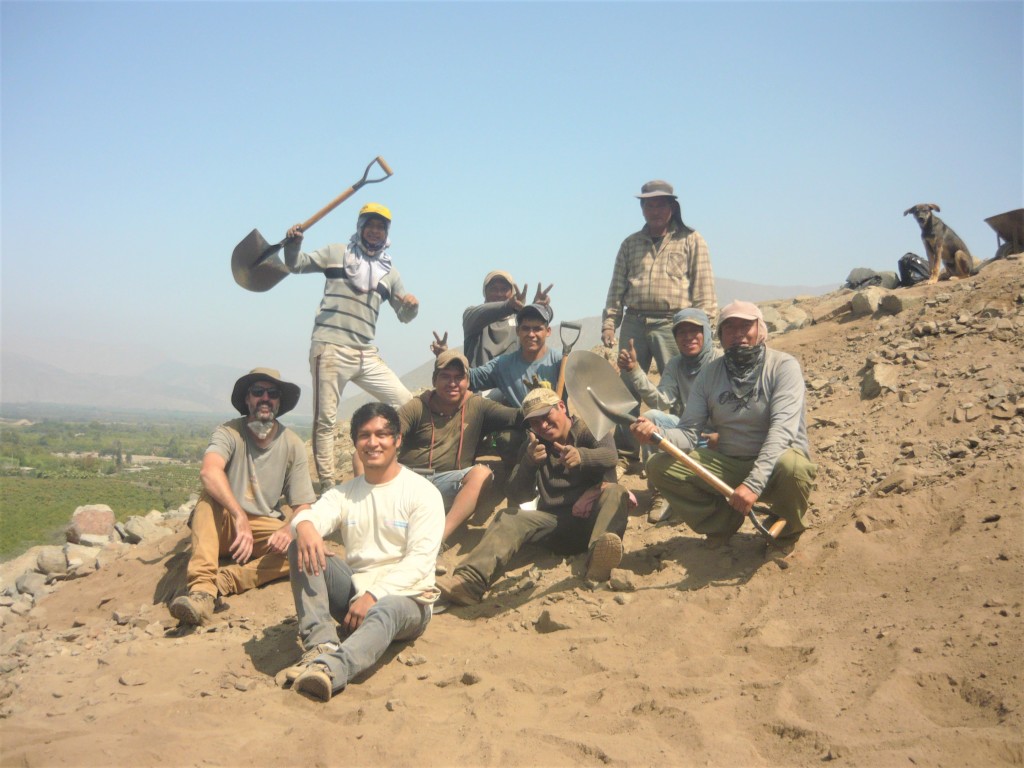
In June and July 2019, David Chicoine and Jeisen Navarro directed the first scientific excavations at the ancient complex of Cerro San Isidro located in the Moro region, Nepeña Valley, north-central Peru. With the financial support of the National Science Foundation (NSF award number No. 1853905) the field project, planned for three seasons between 2019 and 2021, aims at building data sets to integrate with those at the high Andean site of Pashash. This is to generate comparative insights into the rise of divine lordships in a small neighbouring basin located at a much lower altitude between 400 and 600 meters above sea level.

Cerro San Isidro was chosen because of its strategic location in the middle of the Moro pocket, visibility from major fortified settlements and ceremonial monuments, and location near irrigation canals. Based on previous surface surveys by Donald Proulx, Richard Daggett and Hugo Ikehara, the size and stylistic diversity of cultural materials pointed to a long and sustained human presence going back to at least the middle of the first millennium BCE.
Over the course of nine weeks, a team composed of US and Peruvian archaeologists excavated 191 square meters, focusing their efforts on the San Isidro Sector: Jose Rios (archaeology student, Universidad Nacional de Trujillo), Carlos Ciriaco (archaeology student, Universidad Nacional Santiago Antunez de Mayolo), Audrey DeLuac (MA anthropology student, Louisiana State University), Monica Fenton (MA anthropology student, Louisiana State University), Christopher Nicosia (PhD anthropology student, Louisiana State University).

George Lau and Jacob Bongers visited the site and drone mapped a late rectangular stone enclosure, probably a Late Intermediate Period (~1000-1400 CE) structure. Here, stratigraphic excavations revealed a superimposition of at least three building phases, going back to the Late Formative Period (800-450 BCE). Based on preliminary stylistic analyses of pottery and lithics, the team hypothesises that Cerro San Isidro was occupied from at least 600 BCE until the 1400 CE, just prior to the Inka conquest of the region. The rich deposits yielded more than a metric ton of pottery and hundreds of lithic artifacts. Analyses are ongoing and should bring important new information regarding ancient technologies, trade networks, foodways, arts and crafts.

David Chicoine presented preliminary results of those analyses and the 2019 excavations at the Sixth Biennial Meeting of the Society for Amazonian & Andean Studies held at the University of Alabama in Tuscaloosa on October 5-6. David and Jeisen are currently preparing a report of the 2019 for Peru’s Ministry of Culture, as well as planning the second field season of the Cerro San Isidro project in 2020. Stay tuned!

David Chicoine